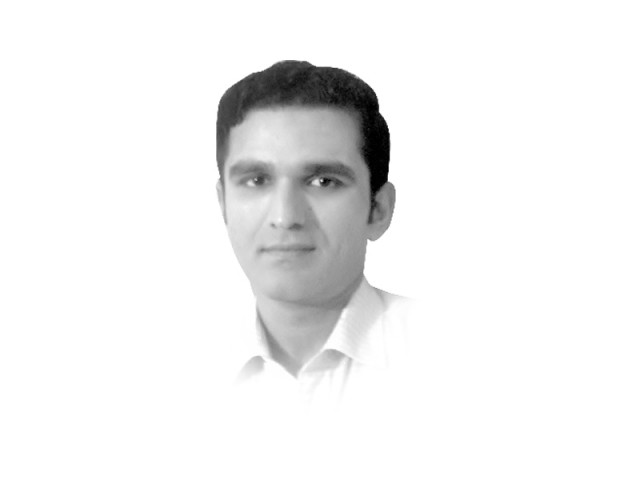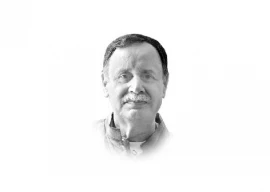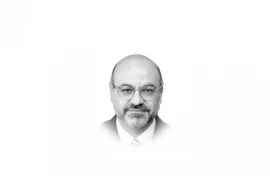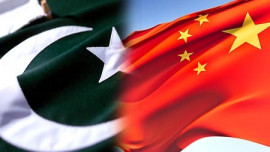
The Lahore Resolution was based on the ‘Two-nation theory’ which claimed that India was inhabited by two nations — Hindus and Muslims — and that both these ‘nations’ required a separate homeland for themselves. This theory, as time as shown, was very simplistic in its outlook. While religion is certainly a strong marker of identity, this theory assumed that religion was the sole basis of identity and that people with the same religion naturally formed one nation.
This theory showed problems even before the partition of India when the Khudai Khidmatgar movement, a nationalist yet very religious movement, led by Abdul Ghaffar Khan in the Frontier province disagreed with the ‘fear of Hindus’ concept and aligned his party with the Indian National Congress. Abdul Ghaffar Khan’s movement was based in the Pakhtun concept of ‘Pakhtunwali’ whereby anyone, Muslim, Hindu or Sikh, observing its principles was part of the Pakhtun community and treated as an equal. Ghaffar Khan was a very conservative Muslim, but his personal faith did not deter him from making common cause with Gandhi in promoting non-violence and toleration — with both inspired by their own respective faiths. Similarly, the Unionist party, a composite party of Muslims, Hindus and Sikhs, was the best example of political cooperation between people who were supposed to be so different. People like Sir Fazl-e-Hussain were pioneers of the idea that Hindus and Muslims can indeed work together and showed cooperation, in fact, in the Punjab.
Fate had it that the proponents of the ‘two-nation’ theory won the day and established Pakistan. However, the theory did not stop being significant after the creation of Pakistan. The concept of a two-nation theory negated the existence of differences amongst the Muslims of Pakistan. So the Baloch could not argue for autonomy, the Bengalis could not get their language recognised as an official language and the making of Sindhi an official language in the Sindh was termed an act of secession by some quarters in Pakistan. The persistence of this two-nation theory has not only thwarted the creation of a multicultural identity in Pakistan, but also adversely affected the Muslims living in India. Not only did the 140 million Muslims in India had to grapple with the fact that their upper and educated class had mostly moved to Pakistan, they had to, and in some cases still have to, convince their fellow Indians that they are not fifth columnists for Pakistan. After all, a legitimate argument could be made that since Pakistan had been created for the ‘Muslim nation,’ there was no place for them in what was supposed to be a ‘Hindu’ nation.
On the 72nd anniversary of the Lahore Resolution, however, let me posit another ‘two-nation’ theory. This new theory is based on India and Pakistan as two distinct nations which work together on topics of mutual concern and benefit. I recently visited Delhi and was rather surprised to note that even when I spoke very good Urdu, people recognised that I was from Pakistan, and even the most Muslim of neighbourhoods in old Delhi seemed ‘foreign’ to me. I know this is a generalisation but the separation of nearly 65 years has created significant distinctions between the polities of Pakistan and India.
Therefore, the time has come to refashion the old two-nation theory into one which takes citizens of India and Pakistan as basic members. After all, except for the extreme right there is no constituency in India which wants to annul the partition and most Indians would actually like a strong and prosperous Pakistan with which they can trade and visit. The Muslims in India, too, want to develop independent of a reference to Pakistan — after all, they are as Indian as anyone else. Similarly, there are at least five million non-Muslims in Pakistan, who want to be recognised as full citizens of the country and not live like an uneasy appendage to the Muslim majority. Such a two-nation theory I would like to believe in.
Published in The Express Tribune, March 27th, 2012.













COMMENTS
Comments are moderated and generally will be posted if they are on-topic and not abusive.
For more information, please see our Comments FAQ